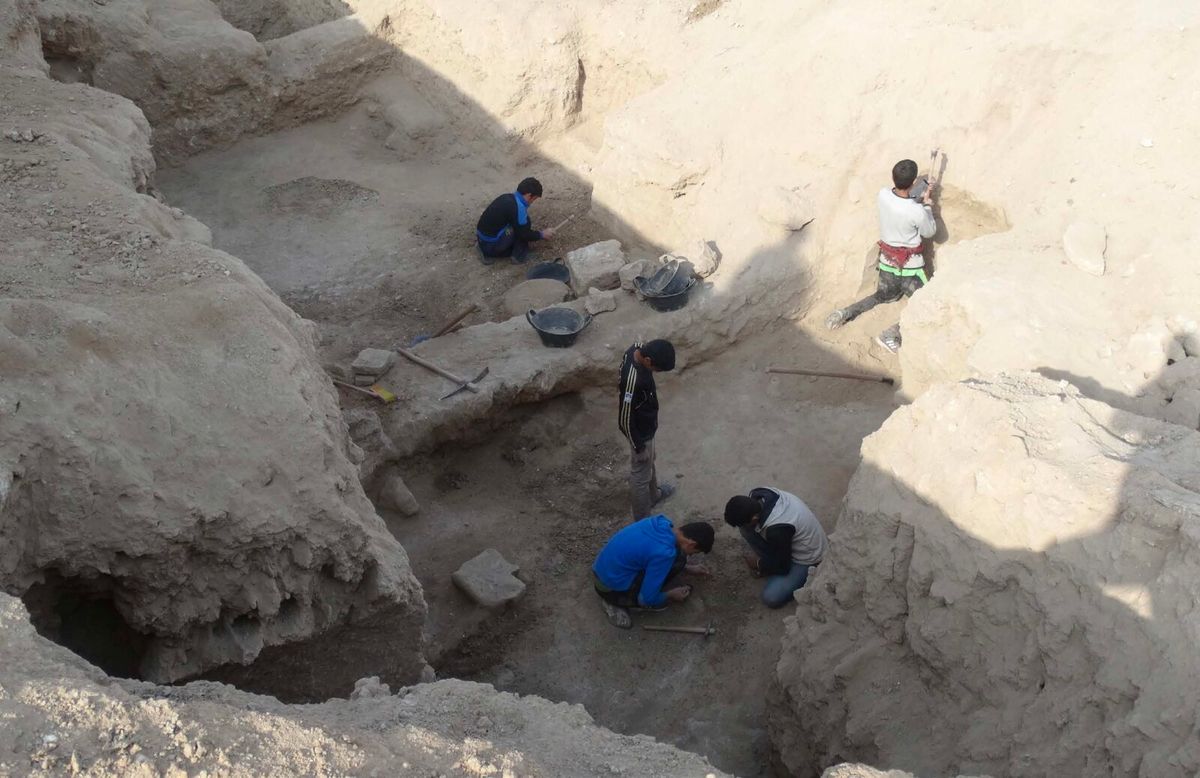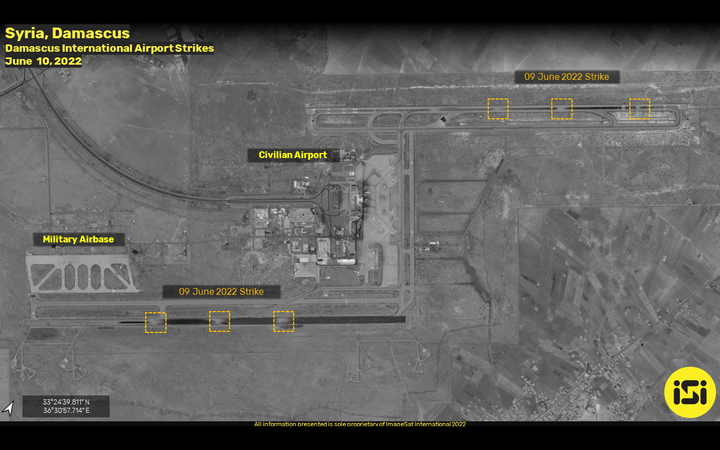Ancient Theft and Terrorism: the Illegal Antiquities Trade

Throughout history looting artifacts has been one of the ways that international groups (including countries) have filled their museums. One of the most notorious has been the British Museum who have been accused in the past of plundering historical locations in their former colonial nations for their artifacts. On the other hand, many modern museums in the United States have decided to take the opposite approach by returning art that has been stolen in the past. The Museum of Fine Arts Boston has taken this approach, as in the last few years they have returned stolen west African artifacts and other art pieces that were stolen during the Second World War.
Modern Looting
Earlier this month the entire illegal artifact trading industry was opened to public view when the former director of the Louvre, Jean-Luc Martinez was arrested on charges relating to international smuggling rings. The Art Newspaper reported that he has been officially charged with organized crime fraud and laundering. In particular these charges are related to the Abu Dhabi Louvre which has in recent years been growing and expanding its operations. The museum had supposedly purchased a stele from a criminal organization that had either stolen it or smuggled it illegally into the country, although this has not been made public how deep this investigation goes. From what we do know this not the first arrest made in connection to this ring as other members of the French artifact community have been arrested in the last few years for smuggling.
These organizations that smuggle or loot these artifacts are often tied with extremist groups in the Middle East, Eastern European gangs, and North African related groups. The Clooney Foundation for Justice founded by George Clooney has been waging international campaigns for justice and for years has tried to target these illegal groups. One of the most dangerous aspects of these smuggling rings is that they fund Islamic extremist groups, in particular the Islamic State (IS/ISIS/ISIL). When these militia seize cities or historically significant archaeological sites they will pillage whatever they find according to The Clooney Foundation. From here it makes its way to smuggling organizations who have contacts in western markets where buyers both in museums and private collections will illegally buy items. The money is then split between the dealers and the groups making them a massive profit, as in some cases particularly rare or important pieces can go into the millions of dollars.
One of the major methods being enacted to stop them is a catch, fine, return, and release policy. When individuals are found with illegal artifacts, they often will have to pay a fine, serve a small prison time (if at all) while governments work together to return the artifacts to their original location. One of the major problems with this is that it becomes a cycle where objects are stolen again and resold to other dealers. One of the suggestions outlined by the Clooney Foundation is stricter sentencing on these individuals and in particular to tie them to funding terrorist organizations to make it a more serious offense. This would hopefully bring enough heat on smugglers and dealers to make the crime no longer worth the risk and start to unravel them from the inside out. One of the hardest parts of actually enforcing this is that it would have to be put into international law with cooperation from countries who do not necessarily follow most international law. Further than this it is not unreasonable to assume that there are major members of governments who profit from the illegal trade and have no reason to actually attempt to stop them.
In 2020 alone Interpol released a statement that 101 smugglers had been arrested transporting 19,000 stolen artifacts crossing borders into Europe. Due to the fact that the people who receive these goods are not necessarily harming anyone directly these organized crime units have generally gone under international radar in terms of smuggling groups. Cartels and mafias have tendencies to be more glamorous in their activities and the violence they emulate is portrayed in many outlets of media, but the artifact smugglers tend to stay unnoticed but are in fact as bad. They attack thousands of years old sites and museums and destroy human history which can be defined as a crime against humanity or war crime by international law as they are protected under convention. It then begs the question then, why is virtually nothing being done to stop them? Well, the answer becomes more complex due to the fact that many of these organizations never see the light of day and the affects of the drug trade for example are much more physically dangerous than museums buying artifacts. Although this is what it seems, the implication of funding the Islamic State through this trade is something that needs to be taken more seriously by the international community.


